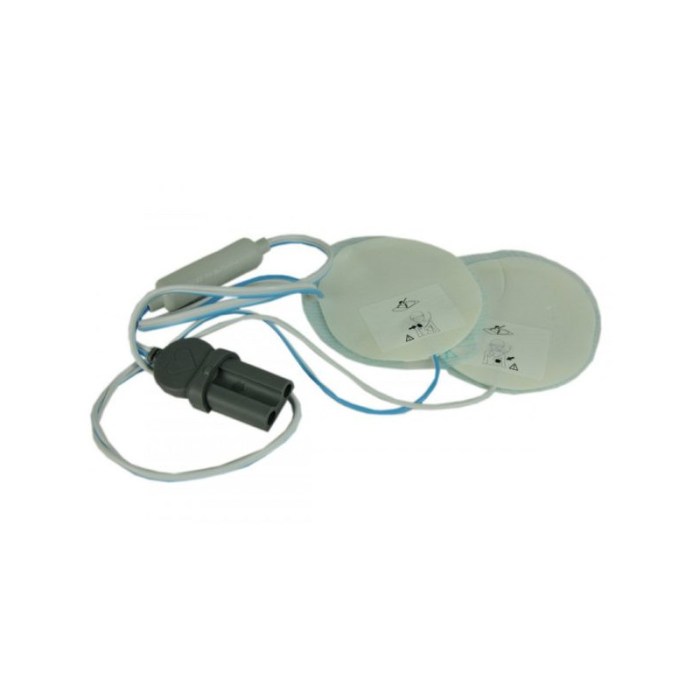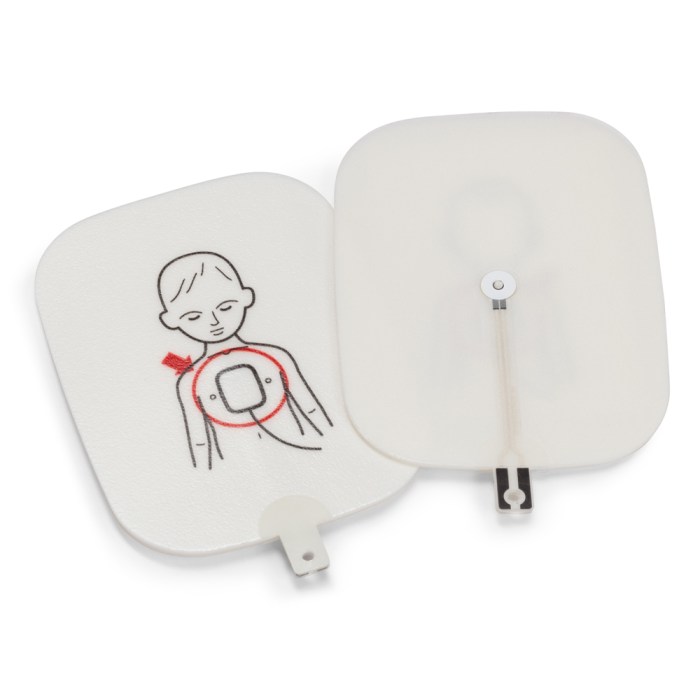If pediatric pads are unavailable, healthcare providers face the challenge of providing quality care to young patients. This situation can arise in various medical emergencies and scenarios, posing potential risks and implications. Understanding the alternative options for pediatric pad substitution and their effectiveness is crucial in such circumstances.
The unavailability of pediatric pads can significantly impact the quality of care provided to young patients, affecting wound management, hygiene, and patient comfort. Healthcare providers have ethical considerations and responsibilities in ensuring the well-being of pediatric patients without access to these essential supplies.
Pediatric Pad Unavailability Assessment

Pediatric pads are essential medical supplies used to absorb fluids and protect wounds in young patients. However, circumstances may arise where these pads are unavailable, posing significant challenges for healthcare providers and affecting the quality of care for pediatric patients.
Circumstances of Pediatric Pad Unavailability
- Natural disasters or emergencies that disrupt supply chains and access to essential medical supplies.
- Remote or underserved areas with limited healthcare resources and infrastructure.
- Sudden surges in patient volume due to outbreaks or pandemics, overwhelming existing supplies.
- Unexpected shortages or delays in manufacturing or distribution of pediatric pads.
The unavailability of pediatric pads can have severe implications, including:
- Compromised wound management and increased risk of infection.
- Inadequate hygiene and patient discomfort.
- Delayed or inadequate treatment, potentially affecting patient outcomes.
Alternative Options for Pediatric Pad Substitution: If Pediatric Pads Are Unavailable

In situations where pediatric pads are unavailable, healthcare providers must consider alternative materials or techniques to provide adequate wound care and hygiene for young patients.
Effective Alternatives
- Gauze pads:Can be folded or cut to size and used as an absorbent layer.
- Cloth diapers:Soft and absorbent, can be washed and reused.
- Cotton balls:Can be used for small wounds or as a filler material.
- Disposable wipes:Can be used for cleaning and absorbing fluids.
Limitations and Adaptations
These alternatives may not fully replicate the functionality of pediatric pads and may require adaptations:
- Gauze pads:May require multiple layers for adequate absorbency.
- Cloth diapers:Need to be washed and dried, which may not be feasible in emergency situations.
- Cotton balls:Can be difficult to secure and may not provide sufficient absorption.
- Disposable wipes:May not be as absorbent as pediatric pads.
Impact on Pediatric Patient Care
The unavailability of pediatric pads can significantly impact the quality of care provided to young patients:
Wound Management
- Increased risk of wound infection due to inadequate absorption and protection.
- Delayed wound healing due to moisture buildup and maceration.
Hygiene and Comfort
- Poor hygiene due to lack of absorbent materials for bodily fluids.
- Patient discomfort and agitation due to wetness and irritation.
Ethical Considerations, If pediatric pads are unavailable
Healthcare providers have an ethical responsibility to ensure the well-being of pediatric patients, including providing adequate wound care and hygiene:
- Failure to provide appropriate alternatives may compromise patient health and safety.
- Providers should advocate for the availability of essential supplies and explore innovative solutions to address shortages.
Strategies for Addressing Pediatric Pad Shortages
To mitigate the impact of pediatric pad shortages, healthcare facilities should implement proactive strategies:
Inventory Management and Supply Chain Optimization
- Regularly monitor inventory levels and anticipate potential shortages.
- Establish partnerships with multiple suppliers to ensure alternative sources.
- Implement inventory management systems to track usage and optimize ordering.
Collaboration and Innovation
- Collaborate with other healthcare facilities and organizations to share resources and support.
- Explore innovative technologies, such as biodegradable or reusable pads, to reduce reliance on traditional supplies.
- Encourage research and development of alternative materials and techniques for wound care.
Answers to Common Questions
What are the potential risks of not having pediatric pads available?
The lack of pediatric pads can compromise wound management, leading to infection or delayed healing. It can also affect hygiene, causing discomfort and irritation. Additionally, the absence of appropriate pads can impact patient comfort, hindering their ability to rest or move freely.
What are some alternative materials that can be used as substitutes for pediatric pads?
Alternative materials include gauze pads, cotton balls, or absorbent dressings. These materials can be adapted or modified to suit different patient needs, such as securing them with tape or using multiple layers for increased absorbency.
What are the ethical considerations for healthcare providers when pediatric pads are unavailable?
Healthcare providers have a responsibility to ensure the well-being of their pediatric patients, regardless of resource constraints. They must prioritize the patient’s needs and explore all available options to provide appropriate care. This includes considering alternative materials, seeking support from colleagues or other healthcare facilities, and advocating for the availability of essential supplies.